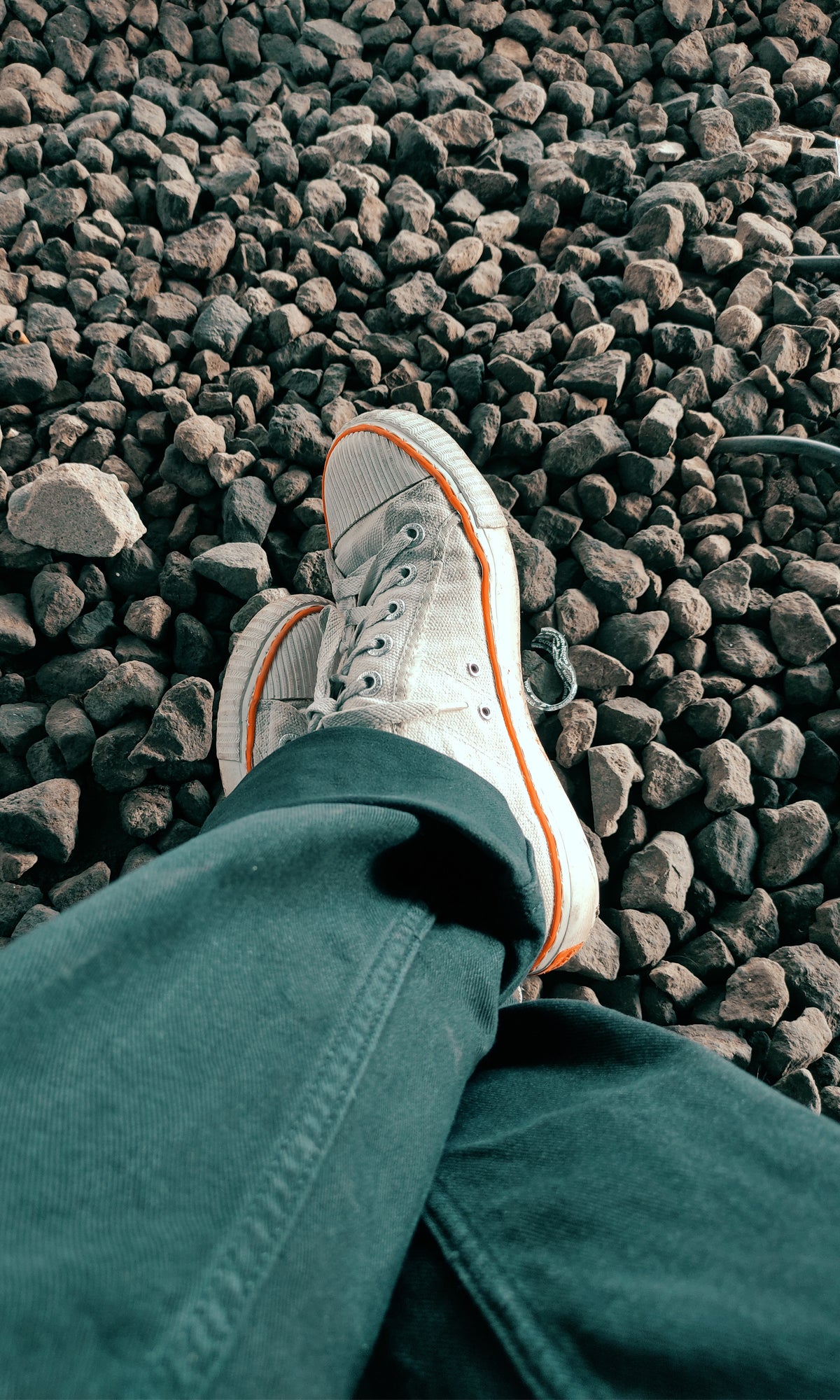For beginners entering action sports, choosing between a pro scooter and a skateboard often comes down to ease of learning, balance, and personal comfort. Pro scooters are generally easier to start with due to their handlebars, added stability, and quicker sense of control, making them ideal for younger riders or those with no prior experience. Skateboards, while more challenging at the beginning, offer greater creative freedom, technical depth, and long-term progression. This article compares both options in terms of balance, learning curve, safety, and skill development to help beginners decide which sport best matches their goals and riding style.





















